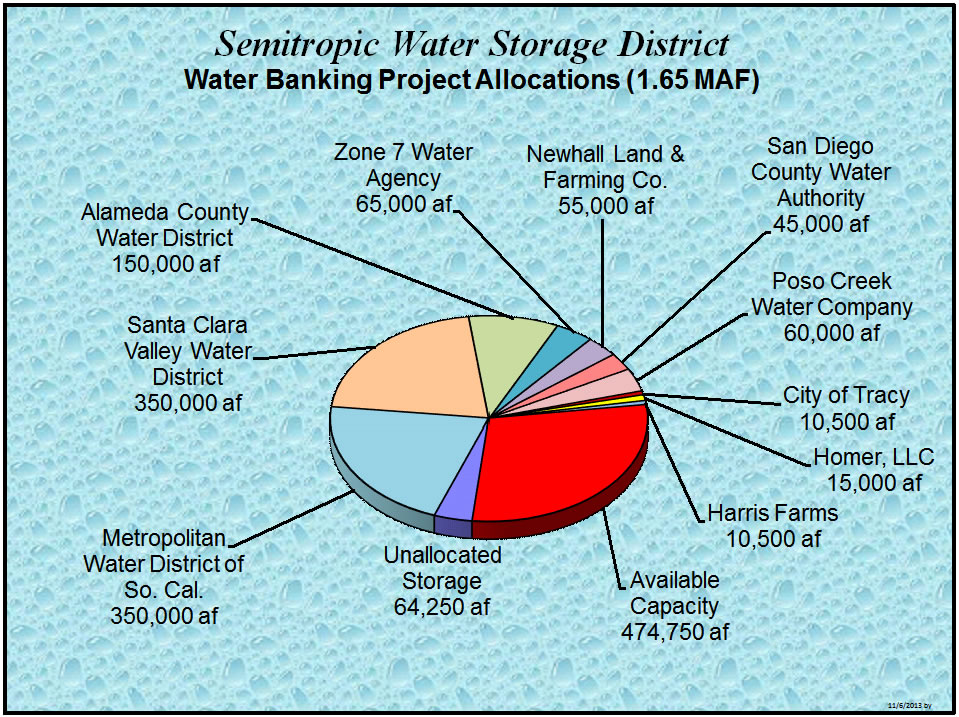
Don Pedro Reservoir, downstream on the Tuolumne River, holds 6 times as much water as Hetch Hetchy Reservoir. Don Pedro is operated by the Turlock and Modesto Irrigation Districts, but 1/3 of its volume is dedicated to a water supply bank for San Francisco.
Restore Hetch Hetchy is not anti-dam. Dams are essential, especially in places like California where precipitation is seasonal and the threat of multi-year drought is omnipresent. But in many cases, the environmental and recreational benefits of a river valley outweigh any water supply or hydropower benefits a dam might provide – especially when other water supply and power options are available.
The O’Shaughnessy Dam, creating the reservoir that has inundated Hetch Hetchy Valley is arguably the most egregiously inappropriate dam in the United States (the Glen Canyon crowd might disagree.)
Note that Hetch Hetchy Reservoir accounts for only about 1/8 of the surface storage on the Tuolumne River. Re-operating other reservoirs (Don Pedro, Cherry and Eleanor), along with investment in groundwater banking in Stanislaus County could keep all communities whole with respect to water supply. Barriers to restoration include cooperation (San Francisco has tenuous relations with farmers in the area and their representatives at the Turlock and Modesto Irrigation Districts), emotion (collectively, San Francisco seems to feel entitled) and money (hopefully the easy part when we slice this Gordian knot).

Semitropic’s total storage of 1,650,000 acre-feet is more than 4 times the size of Hetch Hetchy Reservoir.
California’s Sustainable Groundwater Management Act (2014) is critical legislation, especially for Central Valley communities, that will inflict significant short term pain but keep farming viable for centuries to come. While the Act does too little to encourage investments from remote cities, the success of places like the Semitropic Water Storage District can and should be copied in many area throughout the state.
The Modesto Bee just posted a nice Editorial Opinion, titled Forget new dams. A healthy aquifer is better for family farms and the environment. In conclusion, author Daniel Maner queries, “The next time you hear that our water problems can be solved by building more dams, ask yourself: Wouldn’t it be cheaper and less disruptive to the environment if we took stronger steps to prevent our aquifers from being drained, and use excess water to refill them instead of putting it in a new dam?
Maner is correct. In almost all cases, groundwater development is cheaper that building new dams. This is especially true because, as we explain in Hetch Hetchy and California Water Supply, Updated August 2018), “most of California’s major rivers are either already dammed, protected by law, or too remote to be economically developed.” Indeed, the vast majority of water supply development over the past several decades has been below, not above, ground.
Still, some additional reservoir development in California may make sense. We are intrigued, in fact by San Francisco’s proposal to “someday” enlarge Calaveras Reservoir by an amount almost equal to the size of Hetch Hetchy Reservoir. And Los Vaqueros Reservoir in Contra Costa County has been enlarged once, with little opposition, and may be enlarged again.
The driving force for restoring Hetch Hetchy is returning the valley to its natural splendor and making Yosemite National Park whole again. Improving water system management to make it happen will be icing on the cake.
